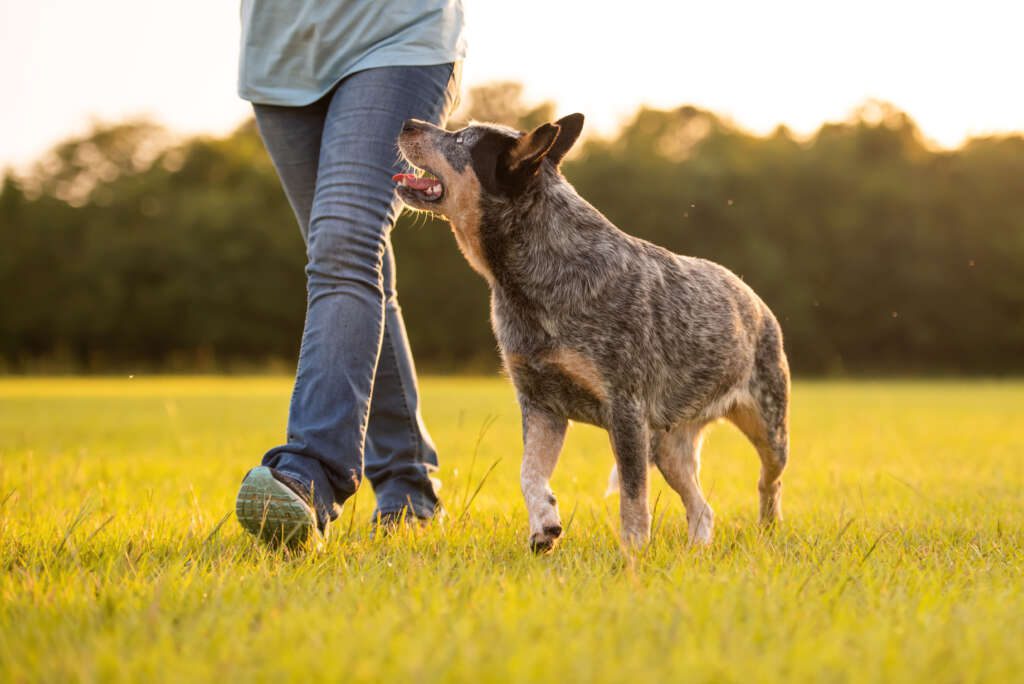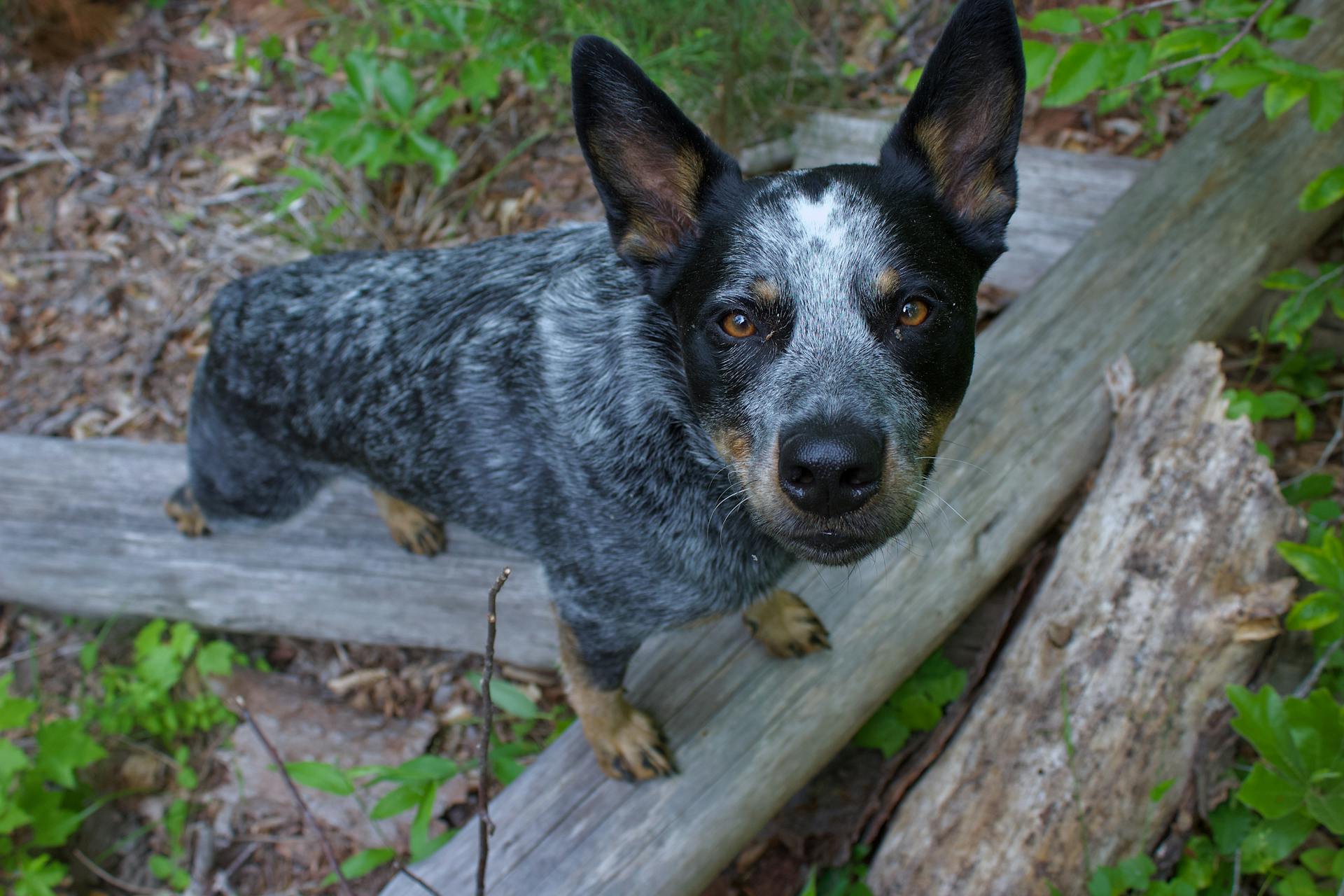Blue Heelers, also known as Australian Cattle Dogs, are energetic, intelligent, and incredibly loyal pups. Traditionally bred to herd cattle across rough terrain in the Australian outback, they’re built for hard work and constant movement. But what happens when you take this high-octane dog and bring them into a cozy home environment? Can Blue Heelers really be house dogs?
The short answer: Yes, they can—but not without some careful planning, consistent training, and a very active lifestyle. Let’s dig into what it takes to successfully raise a Blue Heeler as a house dog.
Meet the Blue Heeler: A Quick Look at the Breed
Before you decide whether this breed fits your household, it’s important to understand what makes the Blue Heeler tick.
Blue Heelers are:
Working dogs by nature, originally developed to herd livestock.
Extremely intelligent and independent thinkers, often solving problems on their own.
High-energy and active, requiring both physical and mental stimulation.
Devoted to their owners, often forming strong one-person bonds.
Protective and alert, making them excellent watchdogs.
Their strong instincts and drive to work can make them a bit much for inexperienced owners—but for the right person, they can be one of the most rewarding breeds to live with.
Why a Blue Heeler Can Be a Great House Dog
Despite their working-dog roots, Blue Heelers can absolutely thrive in a home environment. Here’s why:
They’re Extremely Loyal
Blue Heelers are known for their devotion. Once bonded, they’ll follow you from room to room.
They’re Highly Trainable
Thanks to their intelligence, Blue Heelers learn quickly. Whether it’s obedience commands, house manners, or fun tricks, they thrive on mental stimulation and direction.
They Don’t Need Fancy Grooming
Unlike some fluffy breeds, Blue Heelers have short, weather-resistant coats that are easy to maintain. This makes them great indoor dogs for people who don’t want to deal with heavy shedding or high-maintenance grooming routines.
They’re Natural Watchdogs
If you’re looking for a dog that will alert you to strangers or strange sounds, a Blue Heeler is ready for the job. They’re always aware of their surroundings—even from the living room rug.
Challenges to Consider Before Bringing a Blue Heeler Home
While there are many reasons to love this breed, Blue Heelers come with a few caveats when living indoors:
They Need A LOT of Exercise
This isn’t a breed content with a quick stroll around the block. Without daily physical activity—think long walks, fetch sessions, or even agility work—a Blue Heeler can become bored, frustrated, and destructive.
They Can Be Bossy
Thanks to their herding background, some Blue Heelers may try to “herd” people, kids, or other pets. This might mean nipping at heels or chasing movement—behaviors that need to be redirected early on.
They Get Bored Easily
An under-stimulated Heeler is a mischievous one. If you’re not offering puzzle toys, training exercises, or interactive playtime, they’ll find their own entertainment—often in ways you won’t like.
Not the Best Fit for Every Living Situation
While it’s possible to raise a Blue Heeler in an apartment, it takes extra dedication. Without a yard or space to burn energy, owners must compensate with multiple long walks and brain games every day.
What Makes a Home Heeler-Friendly?
If you’re set on bringing a Blue Heeler into your home, you’ll need more than just a comfy dog bed. Here’s what a Blue Heeler really needs to thrive indoors:
An Active Lifestyle
The best house for a Blue Heeler is one where people are always on the move. If you’re a jogger, hiker, or someone who enjoys daily activity, your Heeler will love keeping pace with you.
Daily Mental Challenges
In addition to physical exercise, they need to “work” their minds. That could mean puzzle feeders, obedience training, nose work, or even teaching them to help with household tasks.
Clear Rules and Boundaries
Blue Heelers are smart—and they’ll test limits. Consistent training and structure help them understand what’s expected indoors, preventing unwanted behaviors like jumping on furniture or excessive barking.
A Dedicated Space
Whether it’s a crate, playpen, or quiet corner, Heelers do well with a personal spot to relax. This helps them settle down and feel safe when they’re not in work mode.
Tips for Raising a Blue Heeler Inside
If you’re committed to sharing your home with a Blue Heeler, here are some practical tips to make life easier for both of you:
Start Training Early
Teach basic commands and house rules from day one. This sets the tone and helps your pup understand how to behave indoors.
Stick to a Routine
Heelers thrive on structure. Feeding, walks, training, and rest should happen at roughly the same time each day.
Provide Enrichment
Keep them busy with treat-dispensing toys, scent games, or even hide-and-seek. Boredom is the enemy!
Supervise Socialization
Introduce them gradually to new people, pets, and experiences. This helps reduce territorial behavior and encourages confidence.
Don’t Skip the Walk
Even if you have a yard, structured walks are a must. They provide mental stimulation and help prevent excess energy from turning into anxiety or bad behavior.
Final Thoughts: Can a Blue Heeler Be a House Dog?
Yes, Blue Heelers can be excellent house dogs—but only if you’re prepared to meet their physical and mental needs. These dogs aren’t couch potatoes. They’re intelligent, driven, and full of energy. If you’re a laid-back owner looking for a low-maintenance companion, this may not be the breed for you.
But if you’re active, consistent, and ready for a dog that will challenge you (in the best way), a Blue Heeler can become an incredible, loyal member of your household.
Key takeaway: Blue Heelers don’t just want a home—they want a job, a purpose, and a partner. If you’re up for the challenge, they’ll reward you with love, loyalty, and years of exciting companionship.










